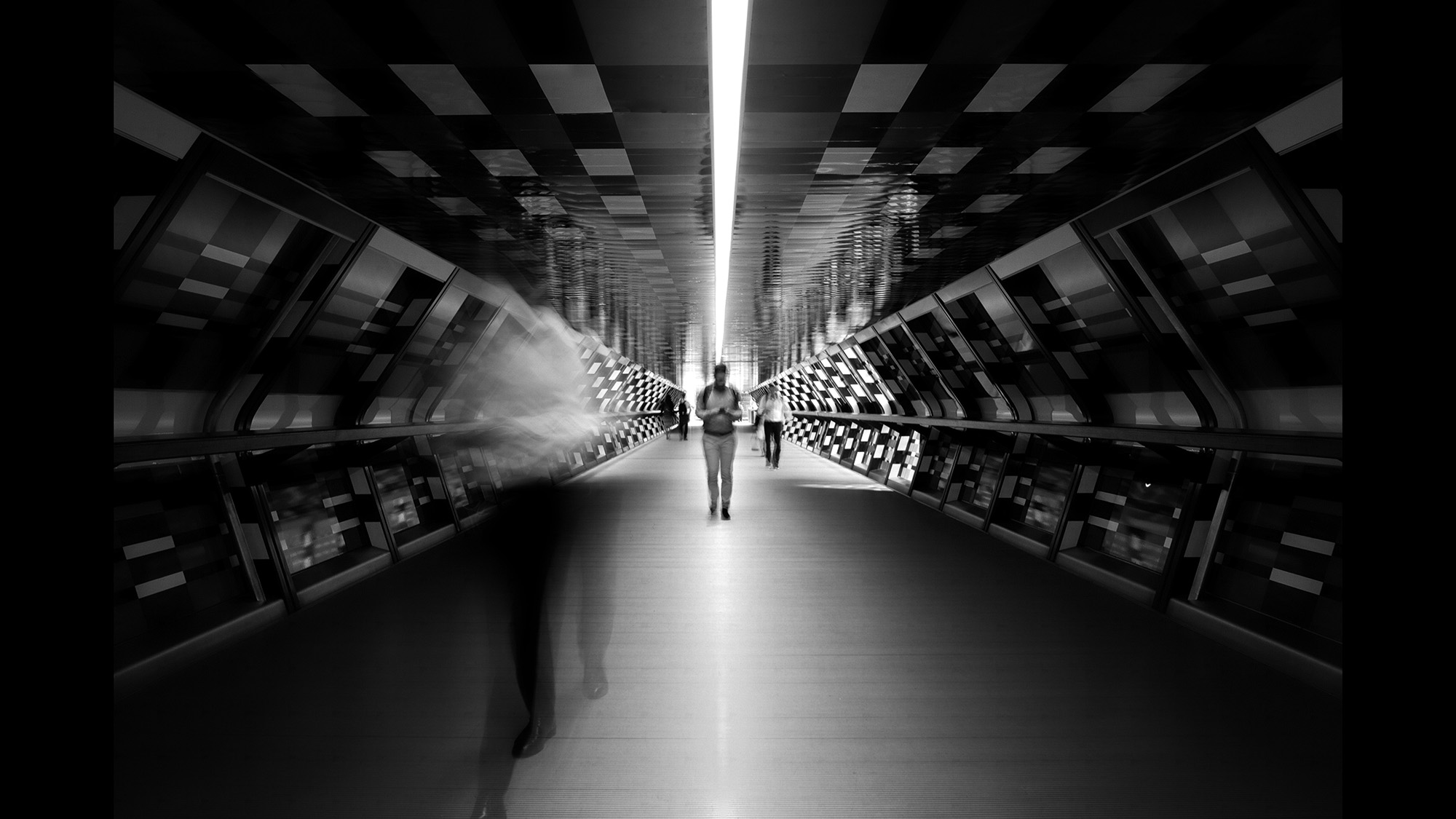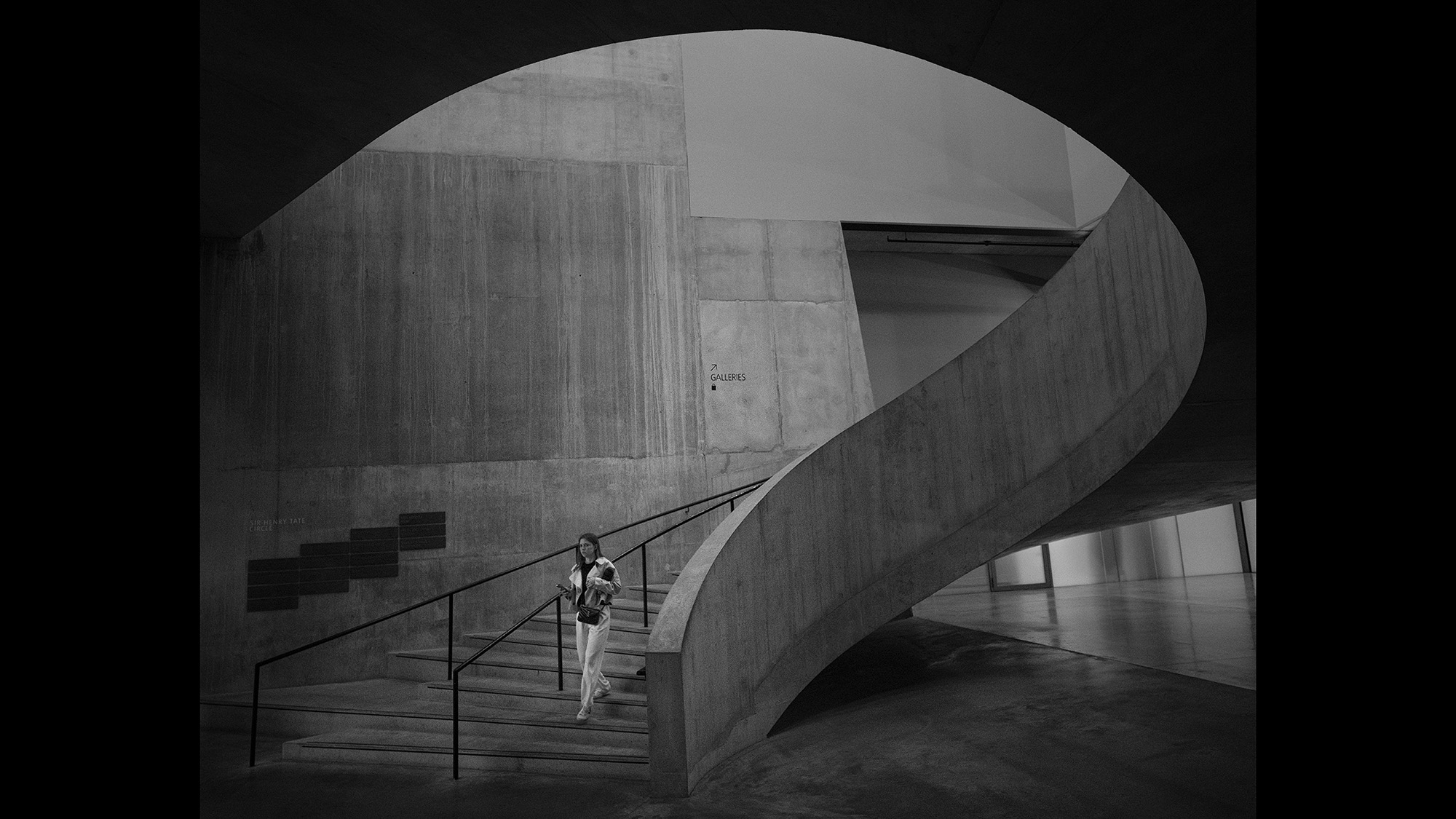I think leading lines photography is easy to understand and easy to implement – here’s how to upgrade your compositions FAST
Leading lines are a powerful tool that draw the viewer in and guide them towards a point of interest. Once you learn about them, you’ll start seeing them everywhere!

Learned the rule of thirds? Leading lines photography is a great next step on any photographer’s journey to mastering composition. Not only is it easy to understand and easy to implement but, in many cases, it can be used in conjunction with the rule of thirds to create a composition combo.
Leading lines are sometimes referred to as 'lead-in lines' and that’s exactly what they are: lines that lead the viewer towards a key portion of the photograph. The most obvious usage of leading lines would be a road that leads towards a mountain. As the road recedes into the distance, the viewer is compelled to ‘travel’ along it – eventually reaching the mountain, the subject of the image.
A road is a very literal usage of leading lines, but these compositional elements can be formed from almost anything, from rows of trees, fencing, and prominent lines found in architecture to more abstract examples such as the curvature of undulating land or blurred clouds in a long exposure.

Leading lines photography: types of leading lines
There are various types of leading lines. The most common are horizontal, vertical, diagonal, curved and converging. Let's look at them in a little more detail…
- Horizontal leading lines are often employed in landscape photography; the horizon, layers of terrain or tree line are common examples. Their usage can dip into other compositional techniques, as they’re an effective way to denote symmetry and form layers to create depth.
- Vertical leading lines pull the viewer into the image, typically from the foreground, and when present on towering objects such as buildings or trees can create an imposing sensation of power.
- Diagonal leading lines can be used to scythe across the longest dimensions of the frame, leading the viewer through the entire image. They can also be created by performing a ‘Dutch tilt’, which is often used to create tension.
- Curved leading lines perform a similar function to diagonal and straight leading lines, but present a slower pace, as the viewer’s gaze meanders through the frame.
- Converging leading lines are perhaps most effective at drawing the viewer into the image, forcing them straight along their respective path. Oftentimes, converging lines recede into a vanishing point and while this doesn’t necessarily direct the viewer towards the subject, it still enables them to journey through the composition, with the receding lines also creating a clear sense of depth.

Leading lines photography: how to use leading lines

A common misconception is that leading lines must guide the viewer towards the subject, but that’s just one of their many usages. You might frame leading lines beyond your subject, indicating where they intend to travel. Or you could use leading lines to direct the viewer towards a secondary subject or point of interest.
Leading lines could also be used to delay the viewer’s journey toward the subject as they wander through the composition – curved lines are particularly effective at this. All leading lines can be used to separate images into portions and even frame areas of interest, too.
Leading lines that lead off the frame are generally avoided, as they will guide the viewer away from the image. The same goes for leading lines that intersect with another object since this will break the flow of the viewer’s gaze, even if the line continues thereafter. However, I don't like to discourage breaking rules – so long as you’re aware of the pitfalls and can justify your decision.
It’s also worth noting that the more obvious leading lines are, the more effective they’ll be. A big road carving its way through green fields is going to be noticed, but a tiny hedgerow far off in the distance isn’t.
It can be easy to become overly concerned with every potential leading line, but you only need to concern yourself with the ones the viewer is going to notice. If that tiny hedgerow in the distance breaches the edges of the frame, it’s no cause for concern as it doesn’t impact the composition enough.

You may also like...
Want to learn the foundations of composition? Find out what the rule of thirds is in photography. If you're still a little unsure about manual mode, here’s how I learned the exposure triangle. And if you're looking for a tool that'll help you achieve great compositions, check out the best tripod.
Get the Digital Camera World Newsletter
The best camera deals, reviews, product advice, and unmissable photography news, direct to your inbox!

Mike is Digital Camera World's How To Editor. He has over a decade of experience, writing for some of the biggest specialist publications including Digital Camera, Digital Photographer and PhotoPlus: The Canon Magazine. Prior to DCW, Mike was Deputy Editor of N-Photo: The Nikon Magazine and Production Editor at Wex Photo Video, where he sharpened his skills in both the stills and videography spheres. While he's an avid motorsport photographer, his skills extend to every genre of photography – making him one of Digital Camera World's top tutors for techniques on cameras, lenses, tripods, filters and other imaging equipment – as well as sharing his expertise on shooting everything from portraits and landscapes to abstracts and architecture to wildlife and, yes, fast things going around race tracks...
You must confirm your public display name before commenting
Please logout and then login again, you will then be prompted to enter your display name.
